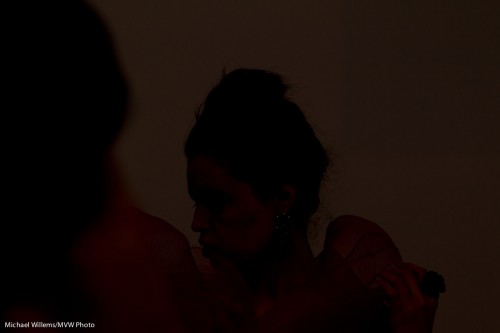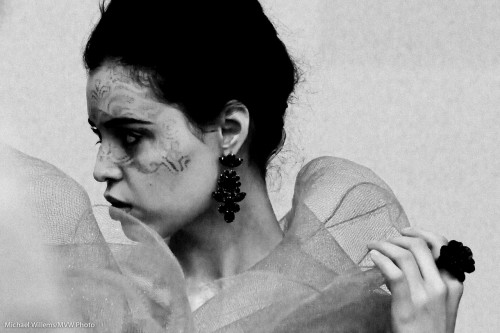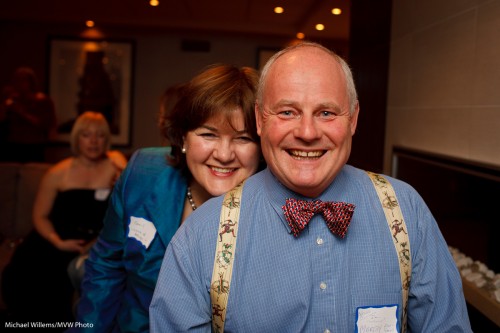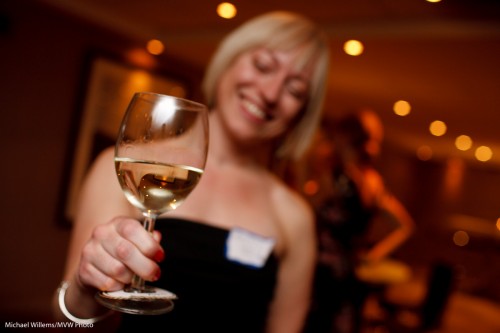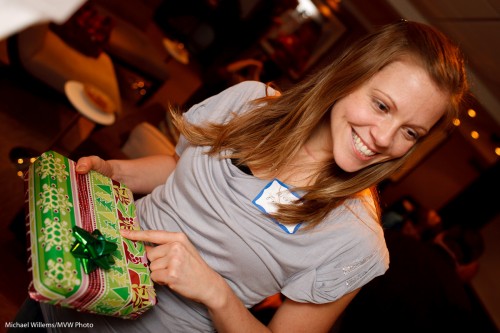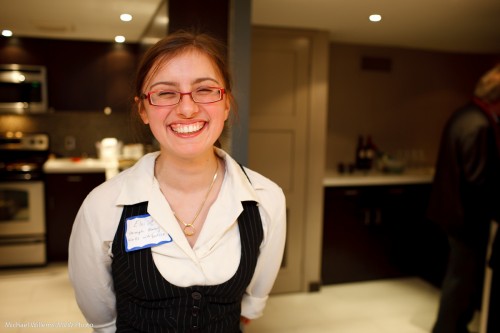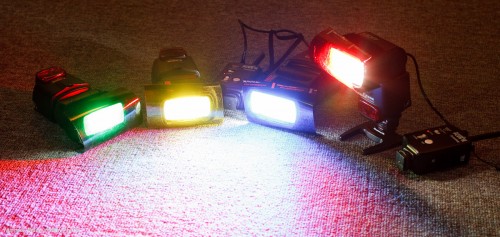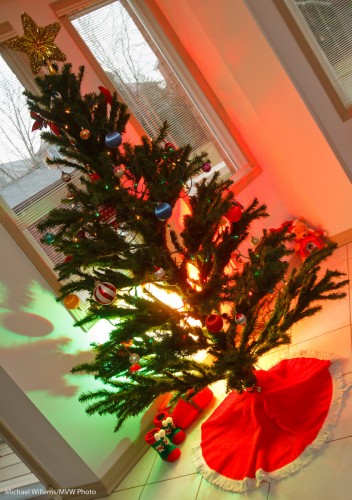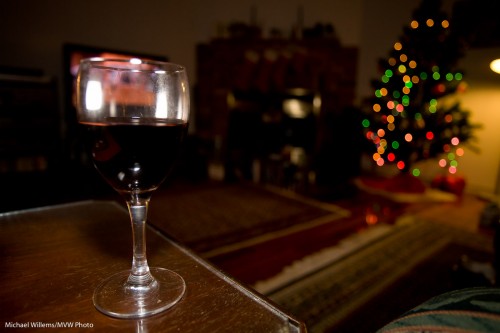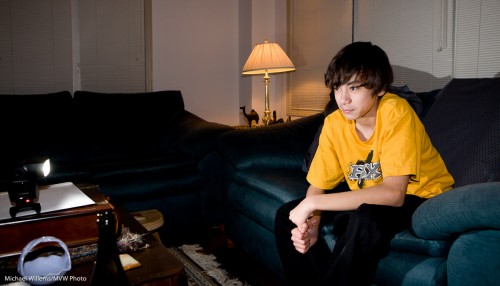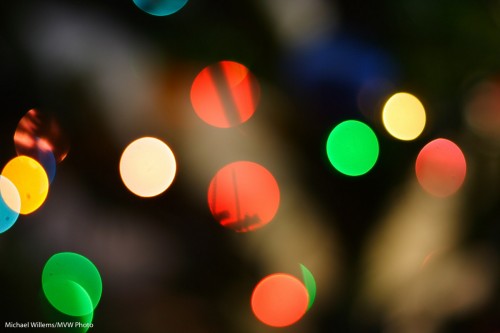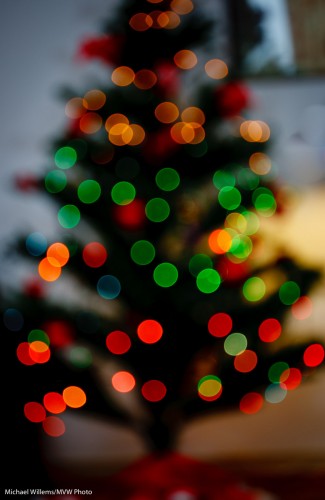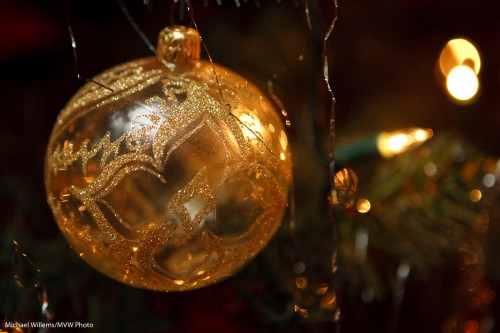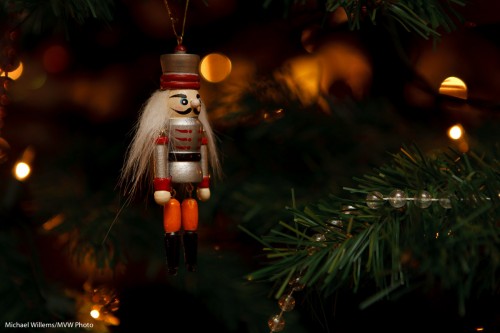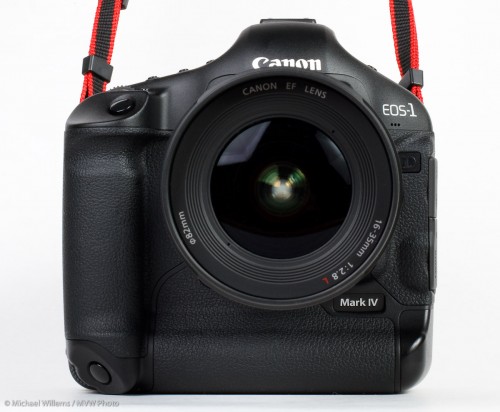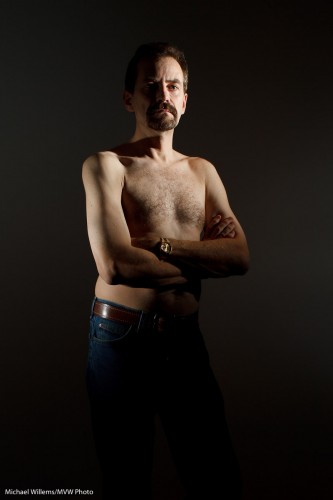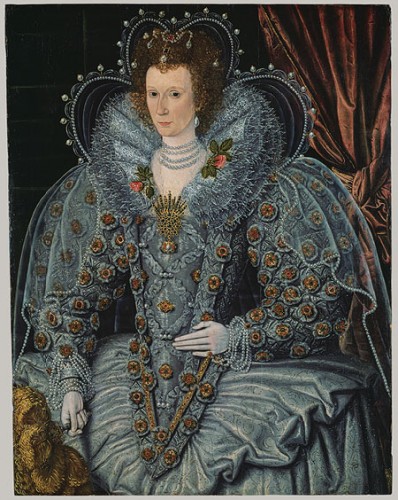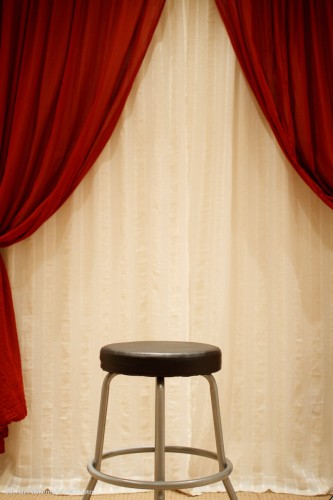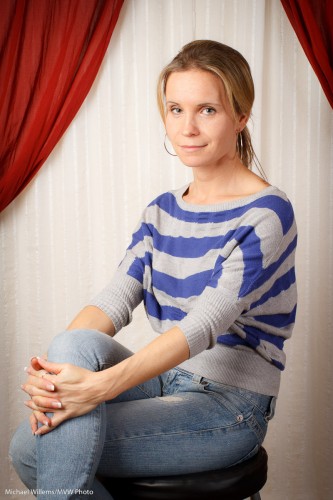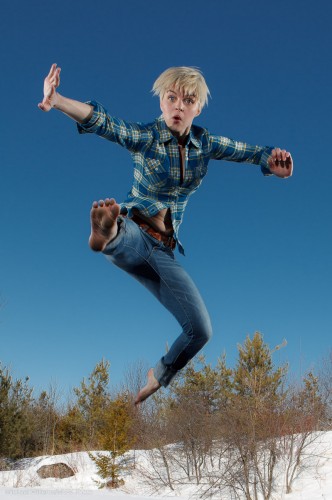What’s this RAW thing we keep hearing about? Should we shoot in that RAW format?
Um, yes.
And here’s why.
For two reasons.
- First, while JPG is like a Polaroid – all your settings are applied to the data – the RAW format is more like a negative – the settings are merely attached, so you can change stuff before you use it. White balance, colour space, and more. (Hands up, everyone who always gets every decision right? Yes, I thought so.)
- Second, there is more data – 14 bits versus 8 bits per colour channel. So you can fix under- or over-exposure more often.
What does that mean?
Let me give you an example. Say that I shoot Tara – but the flash does not fire. Result: a dark picture, totally unusable.
Ah. But I shot RAW. So now I can do something wedding photographers do when a picture is unusable but they shot in RAW:
- Increase exposure in Lightroom by the maximum.
- Add fill light to the maximum.
- Convert to black and white.
- Increase luminance of red and orange (skin colours) to the maximum.
- Crop.
- Decrease noise.
- Add photo grain (looks great and moody).
And that gives me:
Wow. Like I intended it to be all trendy and moody and old-fashioned black and white and stuff. And this is with a picture that is underexposed by six, seven stops!
Case closed. Yeah?

